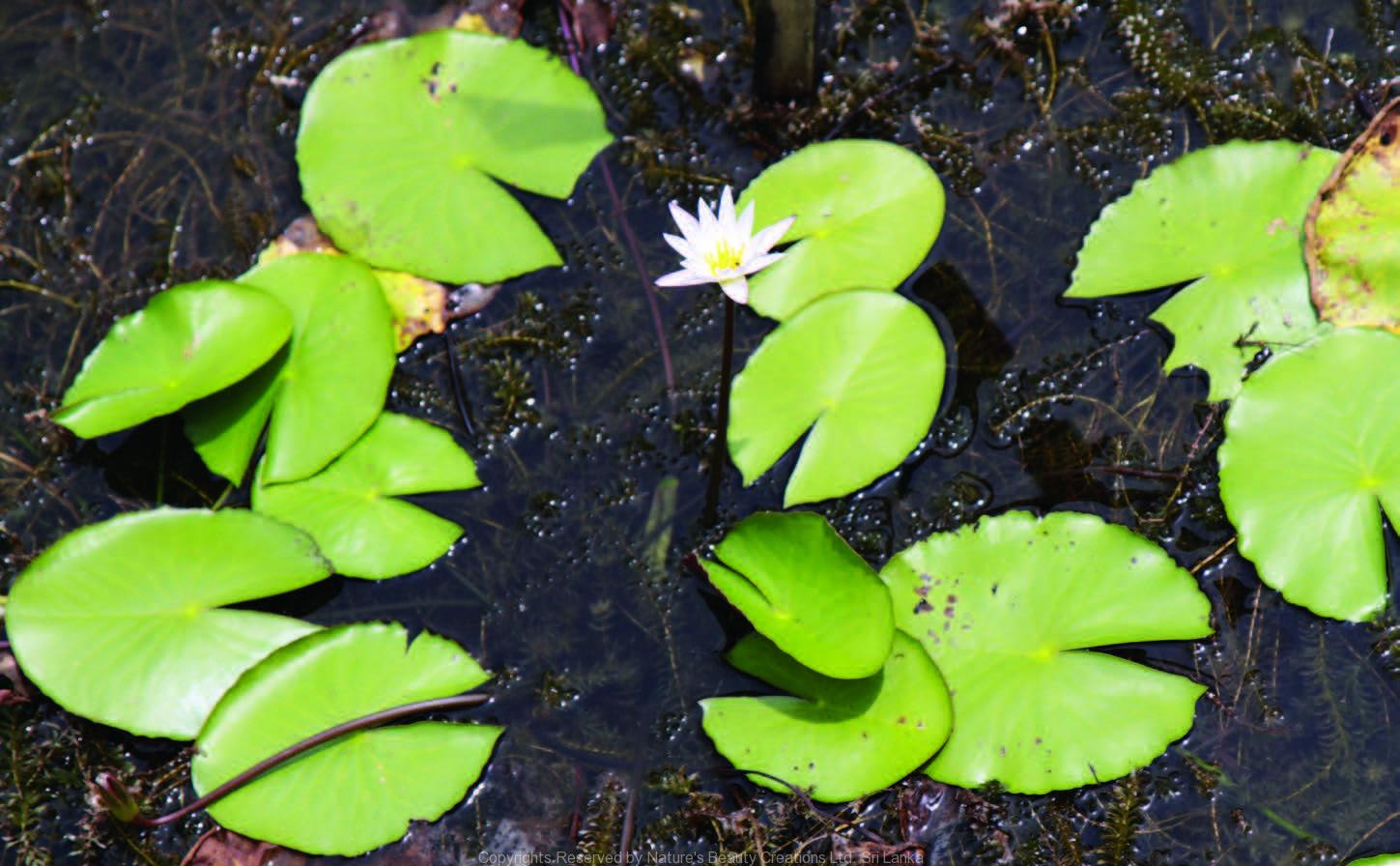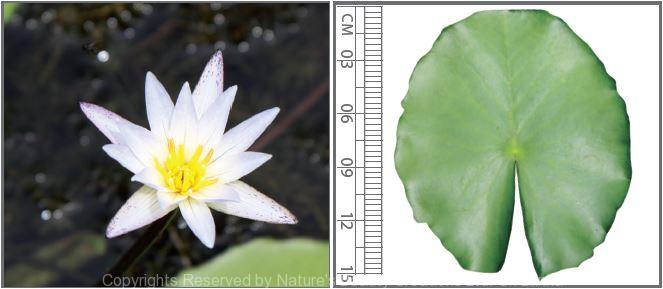

Traditional Knowledge
Useful plant parts :
Rootstock, flower and seed
Uses in traditional medicine :
- Rootstock is used to treat dyspepsia, diarrhoea, piles, urinary ailments, cystitis, nephritis, enteritis, fevers, insomnia, jaundice, urinary troubles and haemorrhoids
- Flower acts as an aphrodisiac, blood purifier and is used to treat palpitation of the heart
- Seeds are used to treat diabetes
Scientific Research
Chemical constituents:
Macrocyclic flavonoids: nympholide A and B, flavonoid: myricetin derivatives and pentagalloyl glucose from leaves
Bioactivity :
Ethanol extract of whole plant: antidiabetic; ethanol extract of leaves: antimicrobial; water extract of flower: antioxidative, anti-inflammatory, hepatoprotective
Clinical:
References : Akinjogunla, O. J. et al., (2009), Antimicrobial potential of Nymphaea lotus (Nymphaeaceae) against wound pathogens, Journal of Medicinal Plants Research, 3(3), 138-141. Debnath, S. et al., (2013) Inhibitory effect of Nymphaea pubescens Willd. flower extract on carrageenan-induced inflammation and CCl4-induced hepatotoxicity in rats, Food Chem Toxicol, 59, 485-91 Sreenathkumar, S. and Arcot, S., (2010), Andiabetic activity of Nymphaea pubescens Willd-A plant drug of Aquatic flora interest, Journal of Pharmacy Research, 3(12), 3067-3069.
Elegami, A. A. et al., (2003), Two very unusual macrocyclic flavonoids from the water lily Nymphaea lotus, Phytochemistry, 63, 727–731.
Copyrights Reserved By
Natures Beauty Creations




